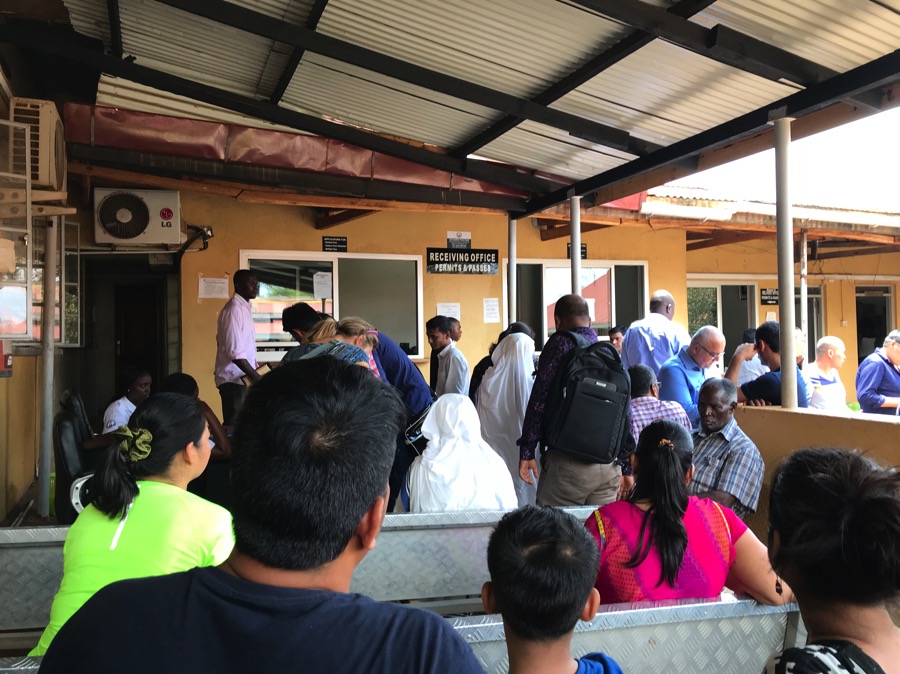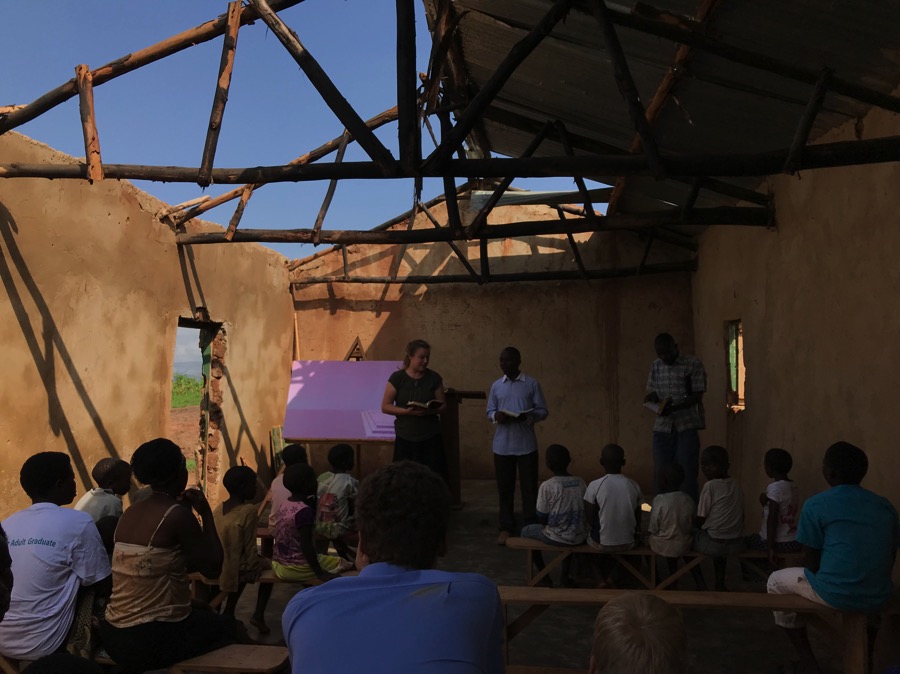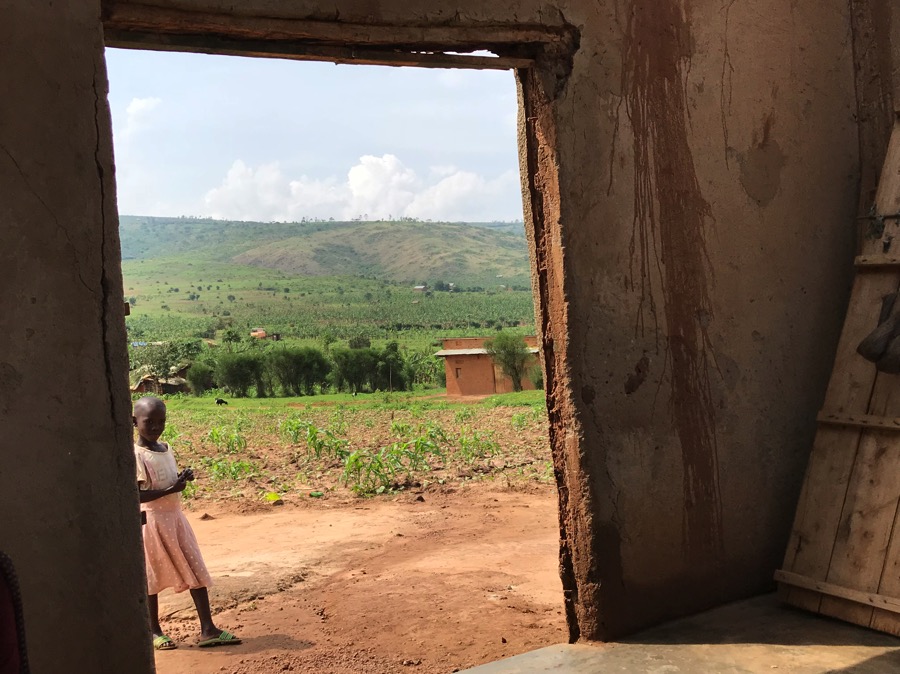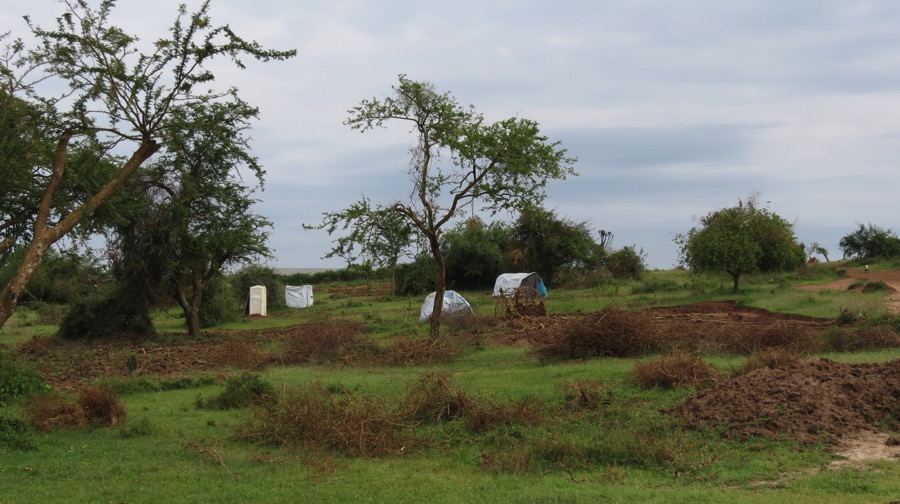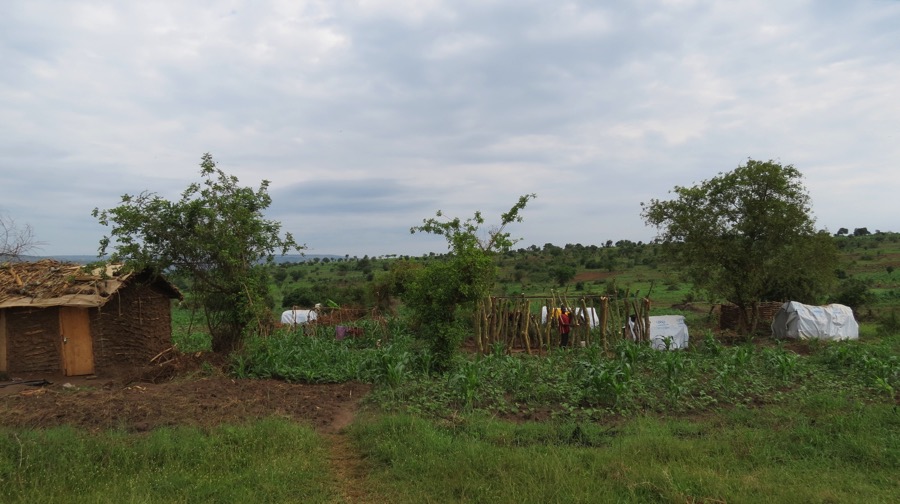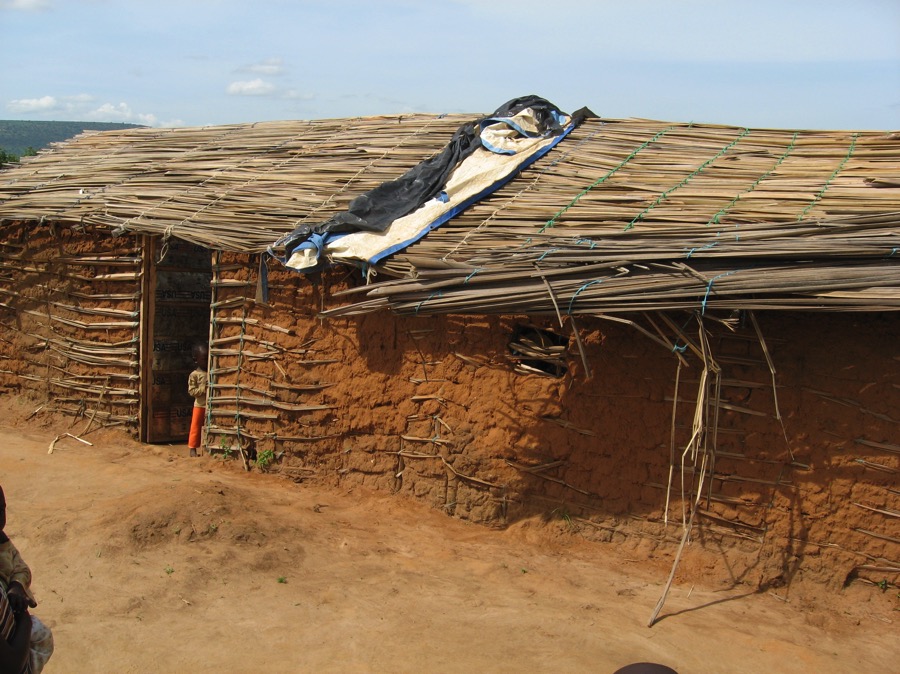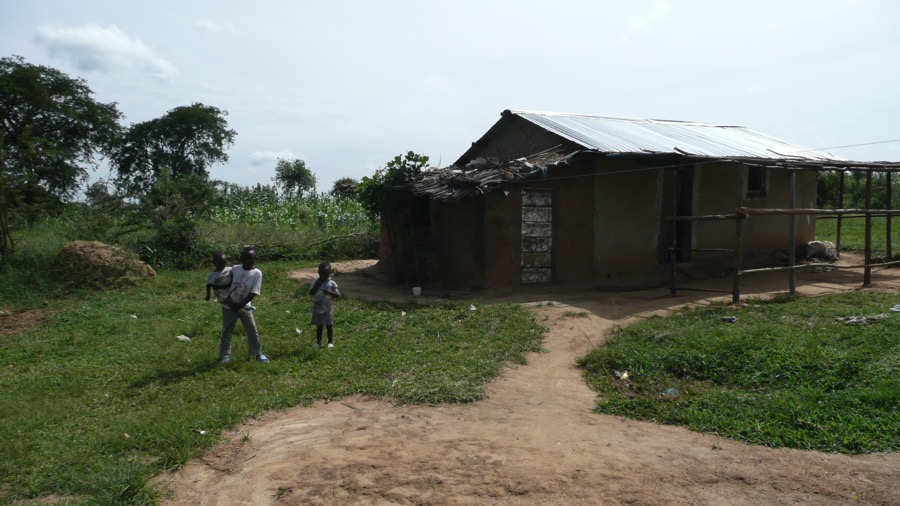I am not a fan of feet. They are funny looking. You never can get them truly clean because the minute you wash them, you have to put them back on the ground to walk and, in that way, get them dirty again. I’m thankful for my feet, don’t get me wrong. But I try to avoid touching them if at all possible.
Here in Africa, most of our roads are dirt. You can’t walk anywhere without your feet getting dirty. I wear closed shoes when I go places but even that doesn’t help. Your feet get dirty through closed shoes. There have been times when I came back from a jog, took my shoes off, and discovered my feet inside shoes and socks, were still brown with dirt.
That’s why I’ve always read the story of Mary anointing Jesus’ feet with oil and wiping them with her hair and secretly thought “ew!”

Jesus was in Bethany a short time after raising Lazarus from the dead and 6 days before His death. Lazarus had a feast in his home. Knowing what the Bible tells us about Mary, Martha, and Lazarus, I’m sure someone had already washed Jesus’ feet.
Mary had an alabaster box full of ointment that she had been saving. I’ve heard many messages about why she had it, but that is irrelevant to the story.
The point of the story is that Mary gave Jesus her most valuable possession, and used her hair to wipe it into his feet.
This wasn’t about the money. Jesus made that clear when he rebuked Judas for only thinking of the value. This was about the gift, the giver, but most of all, about the receiver of that gift.
The Gift
The Bible tells us the whole house was filled with the odor of the spikenard. Every person there knew Mary had given it. She had given in preparation for Jesus’ burial. Jesus carried that odor with Him wherever He went until He had died and was buried. That means He endured his beating, carried His cross, and was crucified, and He could still smell Mary’s gift.
What have you given Jesus? Your time? Your possessions?
Your self?
Paul said of the Philippian Christians that their offering, sent out of the depth of their poverty, was a sweet odor to God. Our gifts bring pleasure to God.
“But I have all, and about: I am full, having received of Ephaphroditus the things which were sent from you, an odor of a sweet smell, a sacrifice acceptable, well pleasing to God.”
Philippians 4:18
The Giver
Mary gave the best she had as an offering to Jesus. Then she used her hair to wipe the ointment into his feet.
I don’t know about other women, but my hair absorbs odors and carries them around. Sometimes washing doesn’t even get them out.
Mary carried the odor of her gift around with her until it finally wore off. Everywhere she went she could smell it. Others could smell it on her. They’d say “that must be the smell of the ointment she put on Jesus.”
Can others smell the odor of the gift you’ve given to Jesus whenever they are around you? Do you walk in His victory? Do they see Him when they look at you?
“For we are unto God a sweet savor of Christ, in them that are saved, and in them that perish:”
II Corinthians 2:15
The One Who Received the Gift
Jesus, himself, the one who received the gift Mary gave, was the best gift of all. He gave the greatest offering – Himself. No reservations. Nothing held back. He gave everything so we could have everything, because He loves us. It was enough. God accepted His gift, kept His promise, and offers eternal life to everyone who believes.
His gift was a sweet savor to God.
“And walk in love, as Christ also hath loved us, and hath given himself for us, an offering and a sacrifice to God for a sweet-smelling savor.”
Ephesians 5:2
The next time you give something to God, remember Mary. She gave Him the best she had and God recorded her gift for us for all eternity. Give God your best. He deserves nothing less. He gave His best for you. He takes pleasure in the gifts we give Him.




